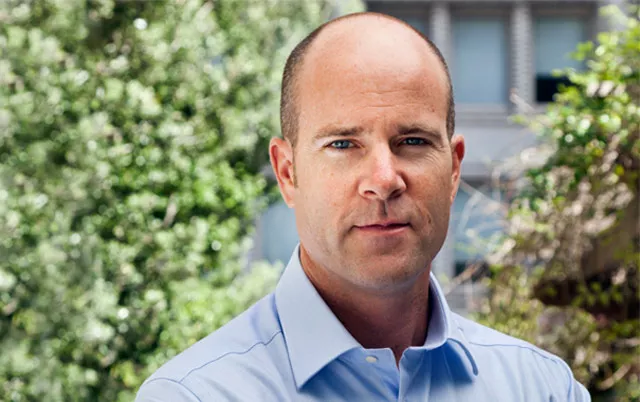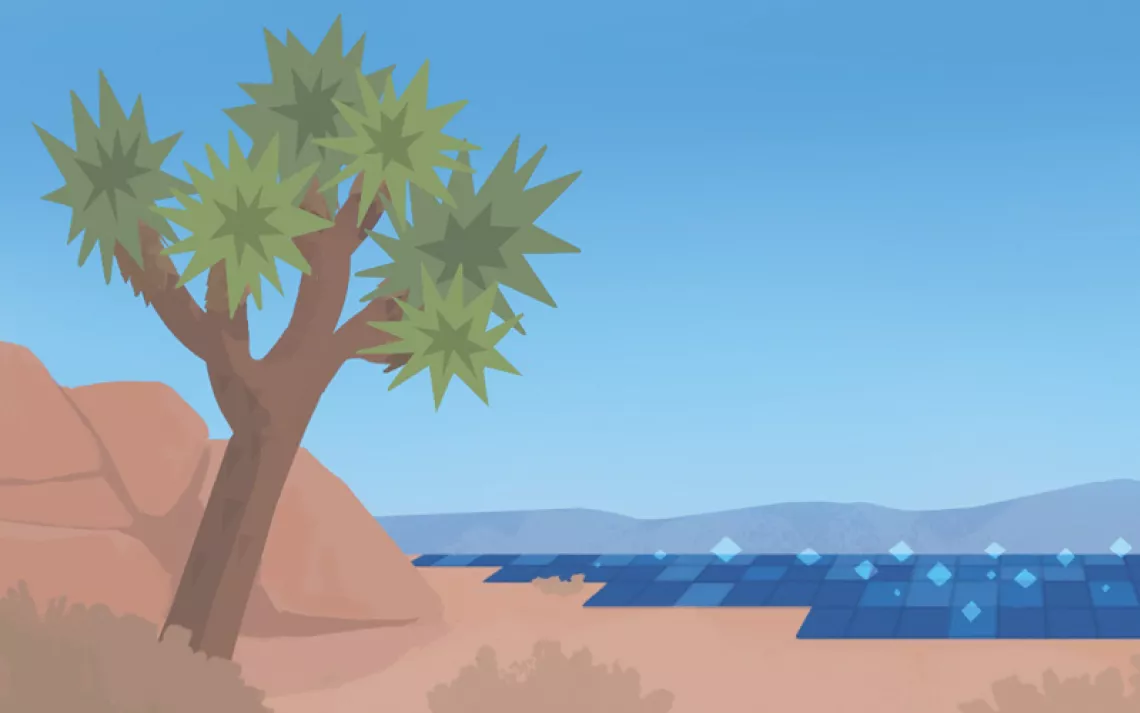Why Wilderness

Michael Brune | Photo by Henrik Kam
Fifty years ago, on September 3, 1964, President Lyndon Johnson signed the Wilderness Act--only two months after signing the Civil Rights Act. That's more than a coincidence of history. Both pieces of legislation were milestones for grassroots movements that had been gathering momentum for years.
Thoreau's writings helped inspire the civil disobedience tactics used by Martin Luther King Jr.
Both also took aim at problems that we still struggle with today. In the past year alone, we've seen renewed attacks on the public's right to vote and on the president's authority to protect swaths of land by declaring them national monuments.
Nevertheless, there's reason to celebrate the act's anniversary, especially considering how we treated wilderness 50 years ago.
Illustration by Simone Shin
Back then, public lands administered by the Bureau of Land Management were considered to be of "disposal status"--to be held until they could be sold off to exploiters. National forests were being clearcut for lumber with no regard for sustainability. Even national parks were at risk.
The passage of the Wilderness Act did not change attitudes overnight, any more than the Civil Rights Act ended discrimination. But by legally defining wilderness and establishing rules to protect it, the law was a first step in the slow, steady march toward the permanent preservation of America's wildest places. Today, 758 official wilderness areas (covering nearly 110 million acres) are part of the National Wilderness Preservation System.
Why have we worked so hard to save these wild places? One obvious reason is that they're essential to the survival and well-being of countless species--including Homo sapiens. But while national parks and wilderness areas are in theory open to all of us, the people most likely to visit them scarcely reflect the diversity of America. Too frequently, economic and cultural barriers make it difficult for low-income urbanites and people of color to experience wilderness.
Here are some ways we're tackling this challenge at the Sierra Club:
Every year, our volunteer-led Sierra Club Outdoors program works with local partners to take more than 13,000 low-income, urban youths on hikes, campouts, and river trips.
Local Sierra Club chapters offer more than 12,000 volunteer-led outings, most free, as a way to make nature accessible. Each year, over 250,000 participants enjoy these local outings.
Spanish-speaking organizers and leaders representing the Club's Our Wild America program regularly visit urban areas with large Latino populations to encourage people to get outside and protect wild places.
Since 2007, we've worked with partners in the military and war veteran communities to help more than 50,000 veterans and their families experience nature as a way to heal the mental and physical wounds of war.
It's interesting to note that the 19th-century writings of Henry David Thoreau helped inspire the 20th-century civil disobedience tactics that Martin Luther King Jr. used during the civil rights struggle. "Fascinated by the idea of refusing to cooperate with an evil system," King wrote of Thoreau's Essay on Civil Disobedience, "I was so deeply moved that I reread the work several times." But the sage of Walden Pond was also the first to express another important, and distinctly American, idea: that wilderness is not the opposite of civilization but instead its essential complement. "We need the tonic of wildness," Thoreau wrote.
John Muir, also deeply influenced by Thoreau, took that idea and ran with it all the way to Yosemite Valley, and it still guides the work we do to save wild places and to make sure that everyone can experience them. It's more than just our responsibility; it's essential to our sanity and salvation.
 The Magazine of The Sierra Club
The Magazine of The Sierra Club



